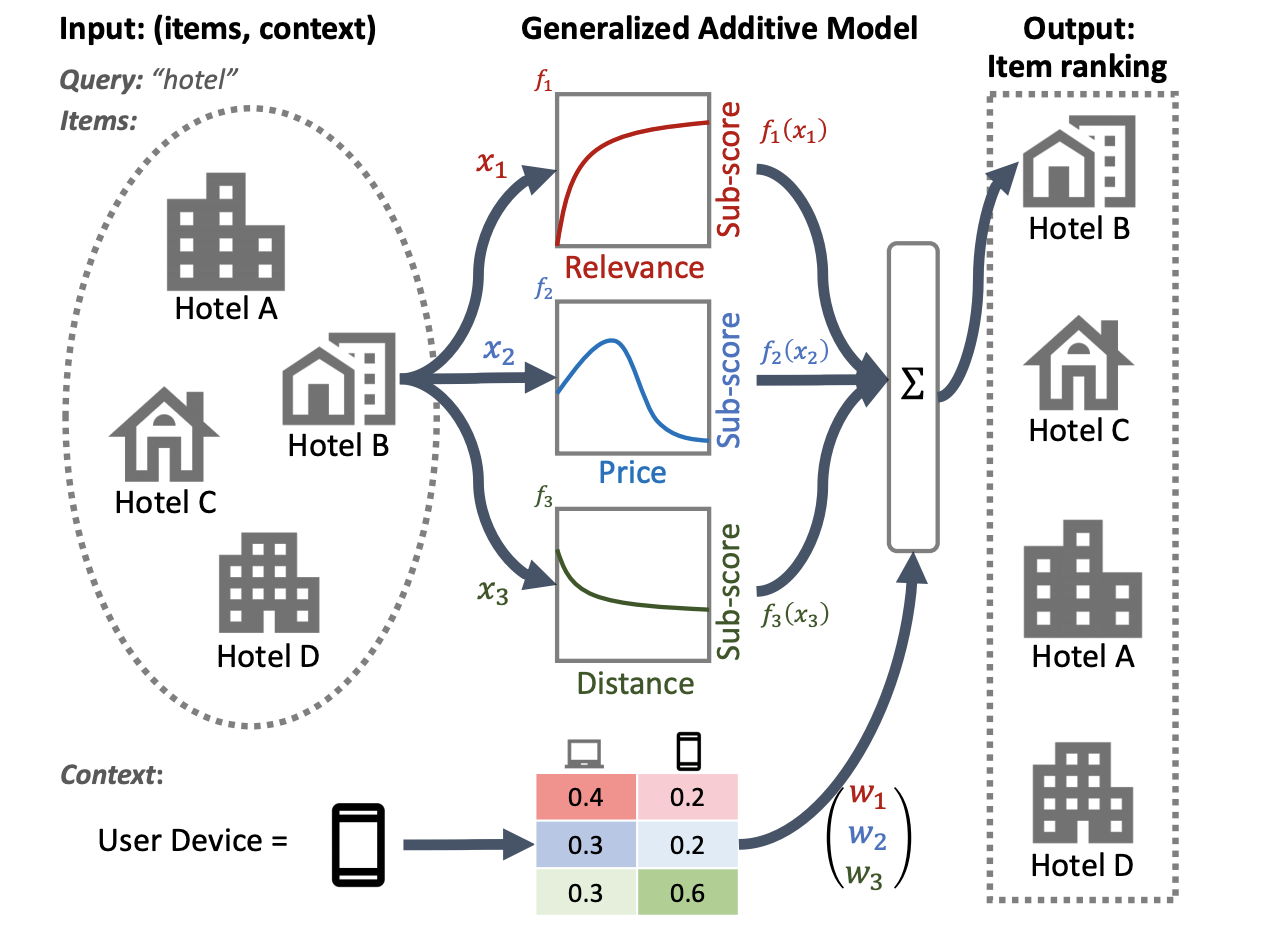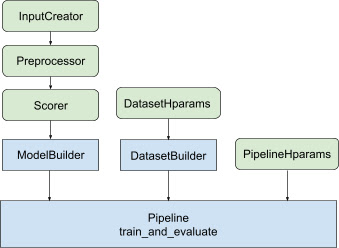The TensorFlow Ranking library helps you build scalable learning to rank machine learning models using well-established approaches and techniques from recent research. A ranking model takes a list of similar items, such as web pages, and generates an optimized list of those items, for example most relevant to least relevant pages. Learning to rank models have applications in search, question answering, recommender systems, and dialogue systems. You can use this library to accelerate building a ranking model for your application using the Keras API. The Ranking library also provides workflow utilities to make it easier to scale up your model implementation to work effectively with large datasets using distributed processing strategies.
This overview provides a brief summary of developing learning to rank models with this library, introduces some advanced techniques supported by the library, and discusses the workflow utilities provided to support distributed processing for ranking applications.
Developing learning to rank models
Building model with the TensorFlow Ranking library follows these general steps:
- Specify a scoring function using Keras layers (
tf.keras.layers) - Define the metrics that you want to use for evaluation, such as
tfr.keras.metrics.NDCGMetric - Specify a loss function, such as
tfr.keras.losses.SoftmaxLoss - Compile the model with
tf.keras.Model.compile()and train it with your data
The Recommend movies tutorial walks you through the basics of building a learning to rank model with this library. Check out the Distributed ranking support section for more information on building large-scale ranking models.
Advanced ranking techniques
The TensorFlow Ranking library provides support for applying advanced ranking techniques researched and implemented by Google researchers and engineers. The following sections provide an overview of some of these techniques and how to get started using them in your application.
BERT list input ordering
The Ranking library provides an implementation of TFR-BERT, a scoring
architecture that couples
BERT
with LTR modeling to optimize the ordering
of list inputs. As an example application of this approach, consider a query and
a list of n documents that you want to rank in response to this query. Instead
of learning a BERT representation scored independently across <query,
document> pairs, LTR models apply a ranking
loss
to jointly learn a BERT representation that maximizes the utility of the entire
ranked list with respect to the ground-truth labels. The following figure
illustrates this technique:

This approach flattens a list of documents to rank in response to a query into a
list of <query, document> tuples. These tuples are then fed into a BERT
pre-trained language model. The pooled BERT outputs for the entire document list
are then jointly fine-tuned with one of the specialized
ranking losses
available in TensorFlow Ranking.
This architecture can deliver significant improvements in pretrained language model performance, producing state-of-the-art performance for several popular ranking tasks, especially when multiple pretrained language models are combined. For more information on this technique, see the related research. You can get started with a simple implementation in the TensorFlow Ranking example code.
Neural Ranking Generalized Additive Models (GAM)
For some ranking systems, such as loan eligibility assessment, advertisement targeting, or guidance for medical treatment, transparency and explainability are critical considerations. Applying Generalized additive models (GAMs) with well-understood weighting factors can help your ranking model be more explainable and interpretable.
GAMs have been extensively studied with regression and classification tasks, but it is less clear how to apply them to a ranking application. For instance, while GAMs can be simply applied to model each individual item in the list, modeling both the item interactions and the context in which these items are ranked is a more challenging problem. TensorFlow Ranking provides an implementation of neural ranking GAM, an extension of generalized additive models designed for ranking problems. The TensorFlow Ranking implementation of GAMs allows you to add specific weighting to features of your model.
The following illustration of a hotel ranking system uses relevance, price, and distance as primary ranking features. This model applies a GAM technique to weigh these dimensions differently, based on the user's device context. For example, if the query came from a phone, distance is weighted more heavily, assuming users are looking for a nearby hotel.

For more information on using GAMs with ranking models, see the related research. You can get started with a sample implementation of this technique in the TensorFlow Ranking example code.
Distributed ranking support
TensorFlow Ranking is designed for building large-scale ranking systems end-to- end: including data processing, model building, evaluation, and production deployment. It can handle heterogeneous dense and sparse features, scale up to millions of data points, and is designed to support distributed training for large-scale ranking applications.

The library provides an optimized ranking pipeline architecture, to avoid
repetitive, boilerplate code and create distributed solutions that can be
applied from training your ranking model to serving it. The ranking pipeline
supports most of TensorFlow's
distributed strategies,
including
MirroredStrategy,
TPUStrategy,
MultiWorkerMirroredStrategy,
and
ParameterServerStrategy.
The ranking pipeline can export the trained ranking model in the
tf.saved_model format, which supports several input
signatures..
In addition, the Ranking pipeline provides useful callbacks, including support
for
TensorBoard
data visualization and
BackupAndRestore
to help recover from failures in long-running training operations.
The ranking library assists with building a distributed training implementation
by providing a set of tfr.keras.pipeline
classes, which take a model builder, data builder, and hyperparameters as input.
The Keras-based tfr.keras.ModelBuilder
class enables you to create a model for distributed processing, and works with
extensible InputCreator, Preprocessor, and Scorer classes:
The TensorFlow Ranking pipeline classes also work with a DatasetBuilder to set up training data, which can incorporate hyperparameters. Finally, the pipeline itself can include a set of hyperparameters as a PipelineHparams object.
Get started with building distributed ranking models using the Distributed ranking tutorial.
